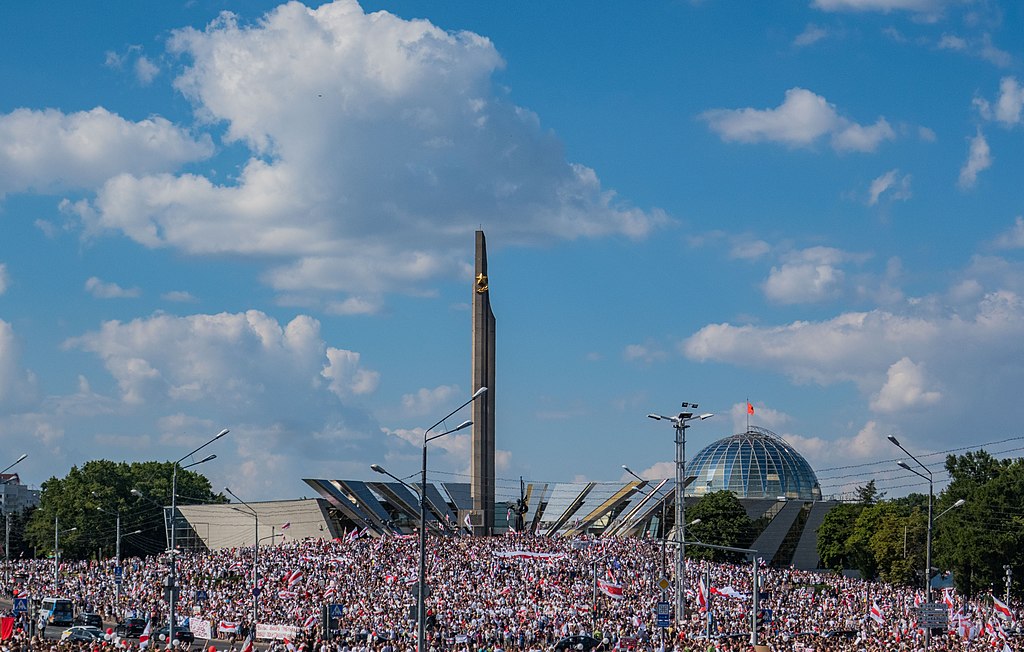On the 9th of August 2020 the country of Belarus held presidential elections. Incumbent Alexander Lukashenko was re-elected to a sixth term in office, with official results crediting him with 80 percent of the vote. Meaning he has been president for 25 years and counting.
The election result are contested by many, as were the results of earlier presidential elections. Since this election huge protests have erupted in Belarus capital Minsk. Huge.

Large protests are also held the cities Grodno and Mogilev. It is clear a great many people are not supporting Lukashenko's presidency in big cities. But how about the rest of the country?
Of the 9.5 million people in Belarus, 2.5 million live in Minsk, some 700k in Grodno and Mogilev combined. Are there any reasons to believe support for Lukashenko exists outside of cities?
In a lot of countries election results show regional divides and/or a difference between urban and rural areas. US is one example, Netherlands another.